SUNY New Paltz opens $13.5 million EIH building; Team includes Urbahn Architects and PC Construction
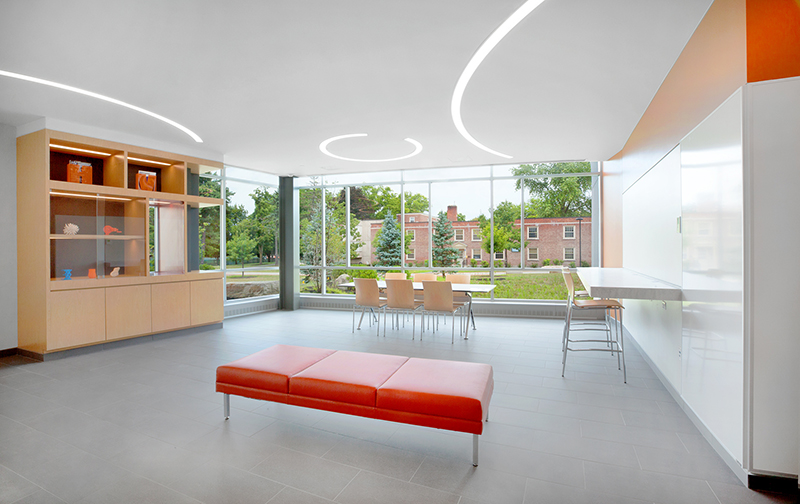
New Paltz, NY The State University of New York (SUNY) at New Paltz, Urbahn Architects, and PC Construction have completed the new $13.5 million Engineering Innovation Hub (EIH) building. This two-story, 19,500 s/f facility houses the college’s relatively new bachelor’s degree program in Mechanical Engineering and includes innovative teaching and research lab spaces, and the school’s Hudson Valley Additive Manufacturing Center (HVAMC). The new building was made possible by governor Andrew Cuomo’s NYSUNY2020 Challenge Grant competition, in which SUNY New Paltz was awarded $10 million to support academic programs that translate into economic development in NYS. The college also received $1 million through the governor’s Mid-Hudson Regional Economic Development Council’s annual Consolidated Funding Application.
The project team also includes mechanical and electrical engineer Vanderweil Engineers, plumbing engineer CSA Group, structural engineer LERA, LEED consultant YR&G, civil engineer BET Engineering Consultants, landscape designer Edgewater Design, lighting designer Lumen Architecture, and cost estimator Ellana, Inc.
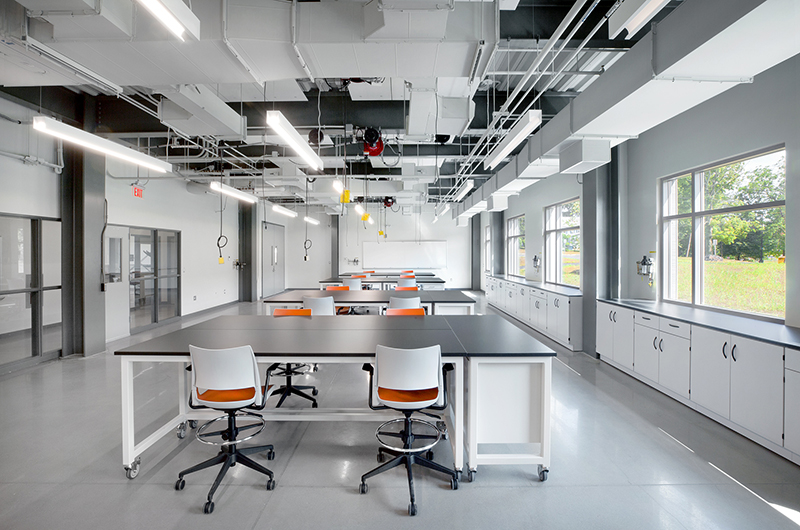
“Today’s opening of the Engineering Innovation Hub at SUNY New Paltz is another great example of the growth of our high-tech sector in the Mid-Hudson Valley that will result in jobs and economic expansions throughout the region,” said Cuomo. “We will continue to partner with higher education institutions and industry leaders to bring these types of visions into reality to inspire New York’s newest generation of innovators.”
Urbahn Architects principal-in-charge Natale Barranco, AIA, LEED AP, said, “The $13.5 million, 19,500 s/f Engineering Innovation Hub houses faculty research and teaching labs, and state-of-the-art 3D print prototyping labs to support the engineering program and the work of companies partnering with SUNY New Paltz and HVAMC. The building is designed to meet a LEED Silver sustainability certification.”
“The new Engineering Innovation Hub will support and diversify the college’s rapidly growing engineering programs, and foster collaboration between the college and local industry. The college extends its deepest thanks to governor Cuomo and his team for recognizing the value of this project and its educational and economic benefits for the Hudson Valley region. This investment is projected to yield a regional economic impact of more than $75 million, and about 195 jobs, over ten years. We also thank the design team of Urbahn Architects, general contractor PC Construction, and other partners for their support that has allowed us to celebrate today’s ceremonial opening,” said SUNY New Paltz president Donald Christian.”
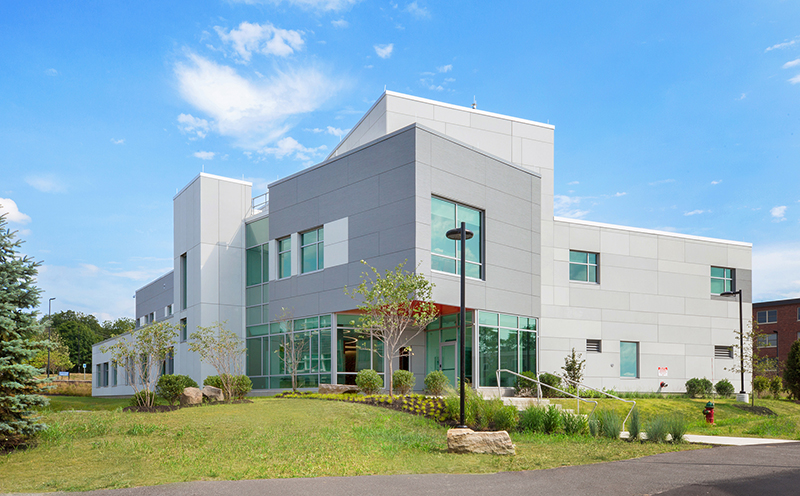
“The Engineering Innovation Hub will significantly aid SUNY New Paltz in educating engineering students who will provide technological leadership in the Hudson Valley. It will also assist the wide variety of regional companies that make use of our state-of-the-art 3D printing technology and expert staff,” said Daniel Freedman, dean of the school of Science & Engineering and director of the HVAMC.
The Hudson Valley Additive Manufacturing Center, which has been providing education, guidance, CAD design, advice on materials used for additive manufacturing, and 3D printing services to SUNY New Paltz students and educators as well as to entrepreneurs and businesses since 2013, will operate a laboratory and offices in the new building. The HVAMC’s collection of 3D printers constitutes some of the most advanced technology at any academic laboratory in the United States. The College is the first institution of higher education in the nation to be designated a Stratasys-MakerBot Additive Research & Teaching or SMART lab by Stratasys, the world’s leading 3D printing hardware and systems company.
The Hub will also house the college’s new program in mechanical engineering, which has seen rapid enrollment growth since launching in 2014 in response to the critical need for highly skilled engineers in the Mid-Hudson Valley region.
The building, located within SUNY New Paltz’s main campus, was erected on a former parking lot near the existing engineering building, Resnick Hall. Urbahn has designed the Engineering Innovation Hub to allow for a potential expansion to the east, if the program’s growth requires more space in the future.
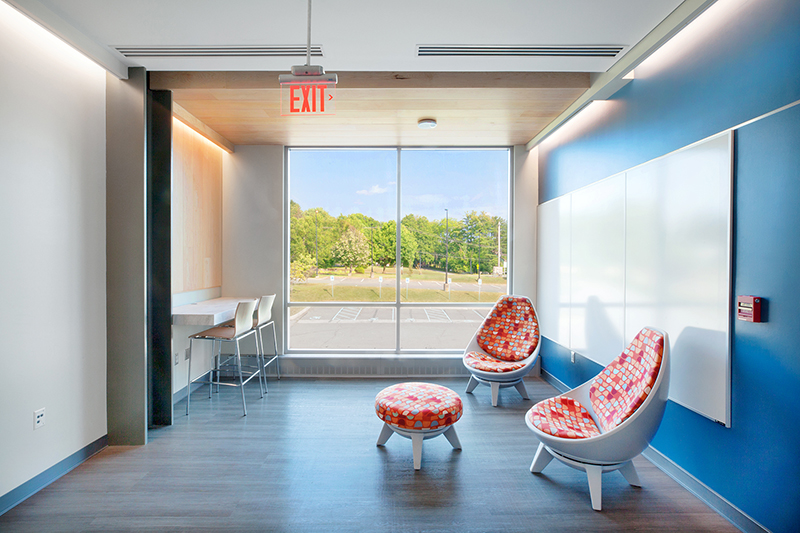
“The site of the new building is centrally located on campus, which required strict construction safety and logistics protocols to ensure the welfare of workers, students, faculty, and visitors during construction,” said Michael Davies, PC Construction project manager. “Relying on our team’s expertise in LEED certification procedures and the Lean Construction method, we have delivered a highly sustainable and energy efficient facility where engineering students can excel for years to come,” he added.
Architectural Description – Exterior
“The steel-frame building with spread footing and a slab-on-grade foundation was designed in a manner that eliminated the need for extensive and costly rock excavation that is typical for construction projects in the Catskill Mountains region,” said Urbahn Architects’ senior associate Nandini Sengupta, LEED AP. “EIH’s ground floor lobby is wrapped in a glass storefront and glazed curtain wall systems to allow natural light into the area. The lobby serves as a collaborative study and social space with extensive white board surfaces, where students can learn outside the classroom setting.”
“The highlight of the building’s architecture is a cubic form that perches over the entrance plaza. The textured, dark gray cube, with a luminous, bright red metal soffit above the entrance and a backdrop of lighter forms, announces the building as an important presence on the campus. It relates to neighboring buildings and opens up views to a quad, diagonally opposite to it,” said project designer and associate principal, Ranabir Sengupta, AIA, LEED AP. The exterior walls feature a rainscreen system with high-performance concrete panels in two colors, light and dark gray. The light gray portions will be smooth, while the dark gray sections will feature textured panels. The rainscreen has a stud backup.
Interiors – First Floor
“The bright, open, 661 s/f entrance lobby is intended as a collaborative space for students. It features cabinets for the display of 3D-printed artifacts. Counters with computer charging and data outlets, lounge-style seating, and whiteboards that allow students to study, work, and collaborate. The lobby also features a textured art wall invoking 3D-printed panels. The flooring consists of textured porcelain ceramic tile and the ceiling is gypsum board. The space features ring-like curvilinear LED ceiling light fixtures,” said Urbahn Architects’ construction administrator Manuel Mateus.
This floor houses incidental seating niches within the hallways and along the windows, allowing students to work in informal ways. The niches integrate benches, data access, and charging stations. The design of the large, 1,900 s/f teaching lab invokes industrial aesthetic. It features polished-concrete floors and painted steel columns, beams, and a metal deck ceiling.
The HVAMC space that houses multiple 3D printers is located across the hallway from the large teaching lab and has the same finishes. Rounding out the first floor is an 850 s/f machine shop; a post-processing shop for the finishing of 3D-printed objects; and support spaces, including offices, mechanical and electrical rooms, and public bathrooms. An elevator with an accompanying lobby connects the Hub’s two floors.
Second Floor
On the second floor, there is a smaller lounge/collaborative space at the end of the main corridor, which offers a working counter and comfortable deep, cushioned armchairs. There are also eight faculty offices, an open office space, a 300 s/f conference room, three research/teaching labs, and a 1,200 s/f computer lab.
All of the collaborative spaces feature expanses of the university’s colors – blue and orange – as well as wood soffits and acoustical cloud ceilings to add warmth and texture to the spaces. Flooring is vinyl composition tile (VCT). The ceilings in the labs are exposed, with linear LED pendants illuminating these spaces.
Troutbrook expands with boutique condo project and Marriott Fairfield Inn & Suites renovation




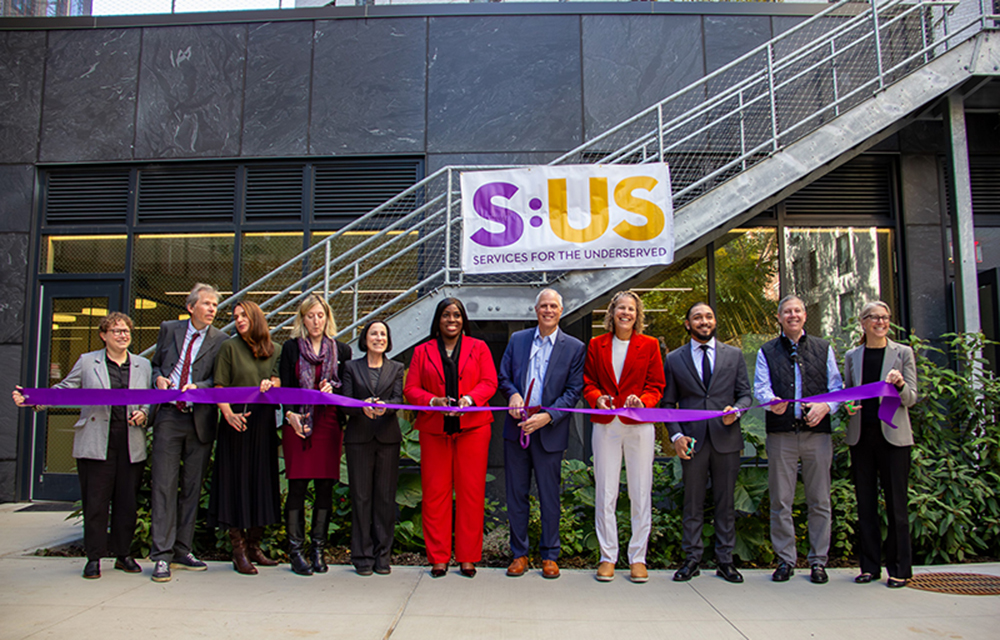
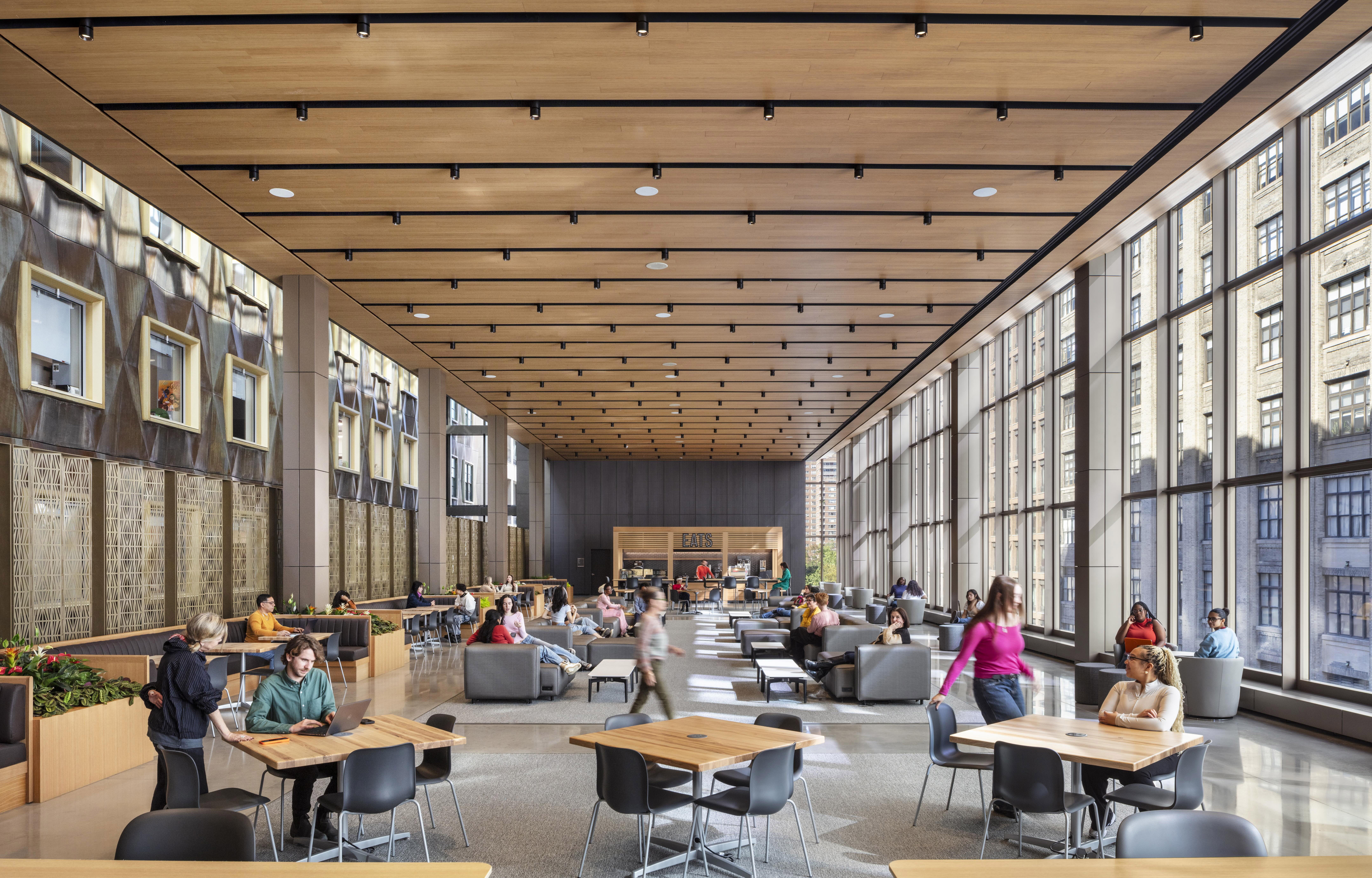
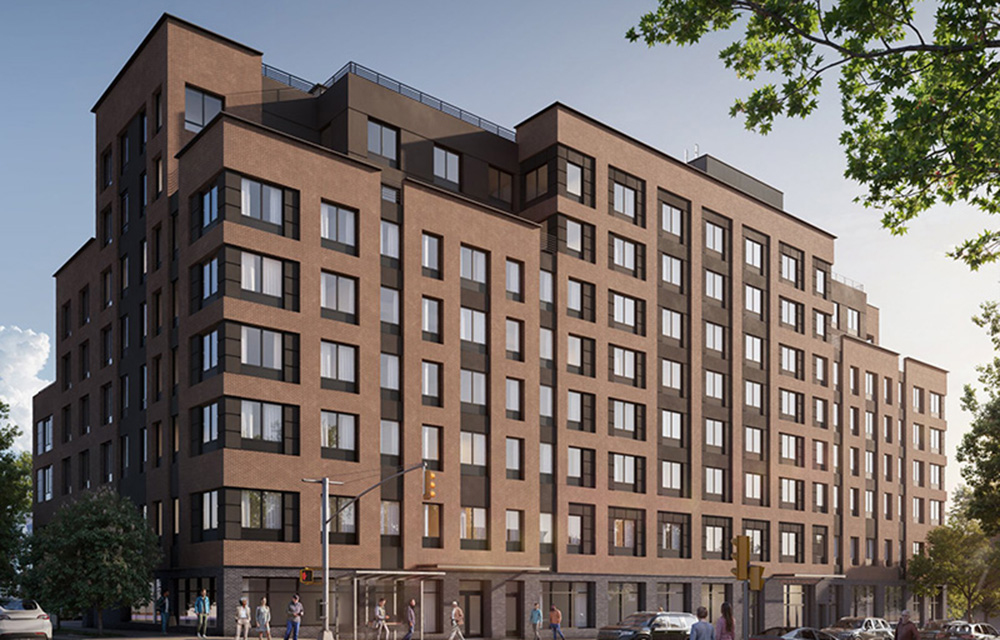

.gif)
.jpg)
.gif)
.gif)